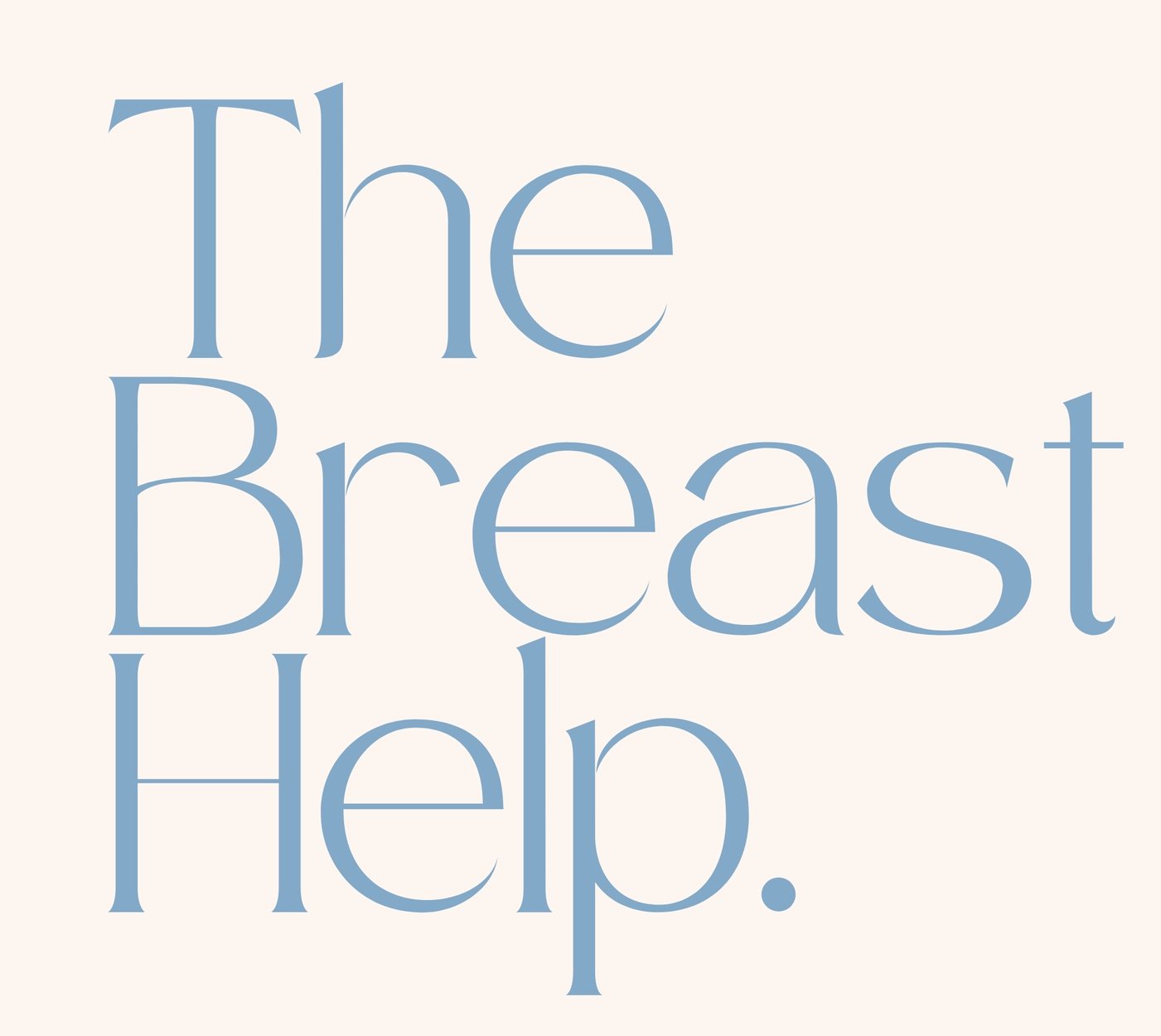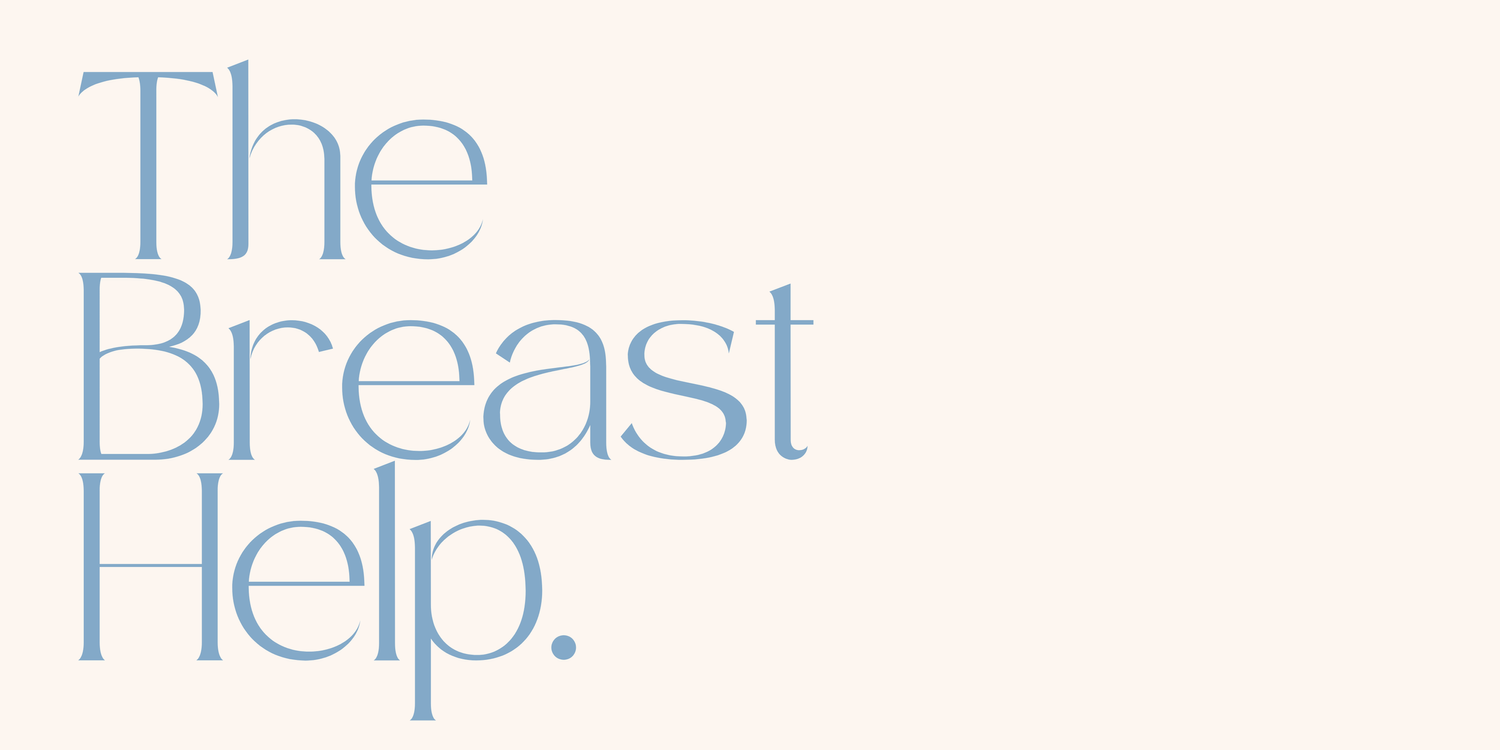Birth Preferences for a Planned Caesarean
A planned caesarean birth doesn’t mean you have to forgo personal preferences.
While some aspects of the procedure are medically necessary, there are many choices you can discuss with your healthcare team to help make the experience more positive and personalised.
Skin-to-Skin Contact in Theatre
Immediate skin-to-skin contact can help regulate your baby’s temperature, stabilise their heart rate, and support bonding. Many hospitals in Australia now facilitate skin-to-skin contact after a caesarean, even in the operating theatre.
How to Arrange It:
Speak with your obstetrician or midwife beforehand to ensure the theatre team is aware of your preference.
If you are unable to hold your baby immediately, your support person can be ready to assist with skin-to-skin contact until you are able to.
Some hospitals offer a ‘drape-down’ or ‘clear drape’ option so you can see your baby being born before immediate skin-to-skin.
Delayed Cord Clamping
Delayed cord clamping allows extra blood from the placenta to transfer to your baby, which can be beneficial for their iron levels and overall health. While this practice is more common in vaginal births, it is possible during a caesarean.
How to Arrange It:
Ask your care provider if delayed cord clamping is an option in your hospital.
If the medical team agrees, they may delay clamping for 30–60 seconds or longer, depending on circumstances.
If immediate resuscitation is not required, your baby can remain close to you during this process.
Gentle Caesarean Techniques
A ‘gentle caesarean’ is a more natural approach to surgical birth, designed to mirror some aspects of vaginal birth where possible. This can include a slower delivery and minimal handling of the baby to promote a smoother transition.
Options to Consider:
Slow delivery: Allowing the baby to be born more gradually can help with fluid clearance from their lungs.
Lowering the drape or using a clear drape: This allows you to see your baby’s birth if desired.
Immediate cuddles: Some hospitals allow you to have your baby placed on your chest while the surgical team completes the procedure.
Immediate Breastfeeding Support
Breastfeeding after a caesarean can sometimes be challenging due to positioning and initial discomfort. However, early breastfeeding support can improve success rates and establish a strong breastfeeding journey.
How to Arrange It:
Inform the hospital team of your intention to breastfeed as soon as possible.
Request support from a midwife or lactation consultant in theatre or recovery.
If you are unable to breastfeed immediately, your baby can have skin-to-skin contact with your support person to maintain closeness and warmth.
If there are any challenges, colostrum harvesting before birth can provide an extra supply to help with feeding in the early hours.
Creating Your Birth Plan
Even with a caesarean, writing down your preferences can help ensure your wishes are communicated clearly. Discussing these options with your maternity care team in advance allows them to accommodate as many of your preferences as possible, provided they are safe for you and your baby.
Your birth is a significant experience, and having a say in how it unfolds can make a big difference. Open conversations with your obstetrician and midwife will help you feel informed, empowered, and ready to meet your baby in a way that aligns with your values and expectations.
Want help planning your caesarean birth? - Reach out for a phone consultation and we can write a plan that suits you and your family here


